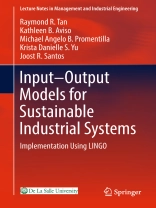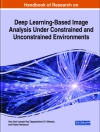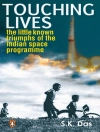This book addresses the specialized topic of input–output models for sustainable industrial systems. While these models are well-established tools for economic analysis, their underlying mathematical structure is also applicable to the analysis and optimization of a wide range of systems that are characterized by linear interdependencies among their components. This means that input–output models can be used for diverse networks, such as processes within industrial plants, industrial plants in a supply chain, or departmental units within an organization. The models can also be readily extended to interactions between man-made systems and the environment, e.g. flows of natural resources and/or pollutants. Furthermore, model variants with excess degrees of freedom can be formulated to allow optimization and decision-making to be integrated within the framework. This book examines how input–output models can be applied to sustainable industrial systems. Each major variant is discussed separately in a dedicated chapter, and representative case studies and supporting LINGO code are also included.
Daftar Isi
Introduction to input-output models.- Mathematical foundations of input-output models.- Programming in LINGO.- Input-output models of industrial complexes.- Input-output models of infrastructure systems.- Input-output models of supply chains.- Input-output models for life cycle assessment.- Enterprise input-output models.- Input-output models of organizational structures.- Conclusion.












